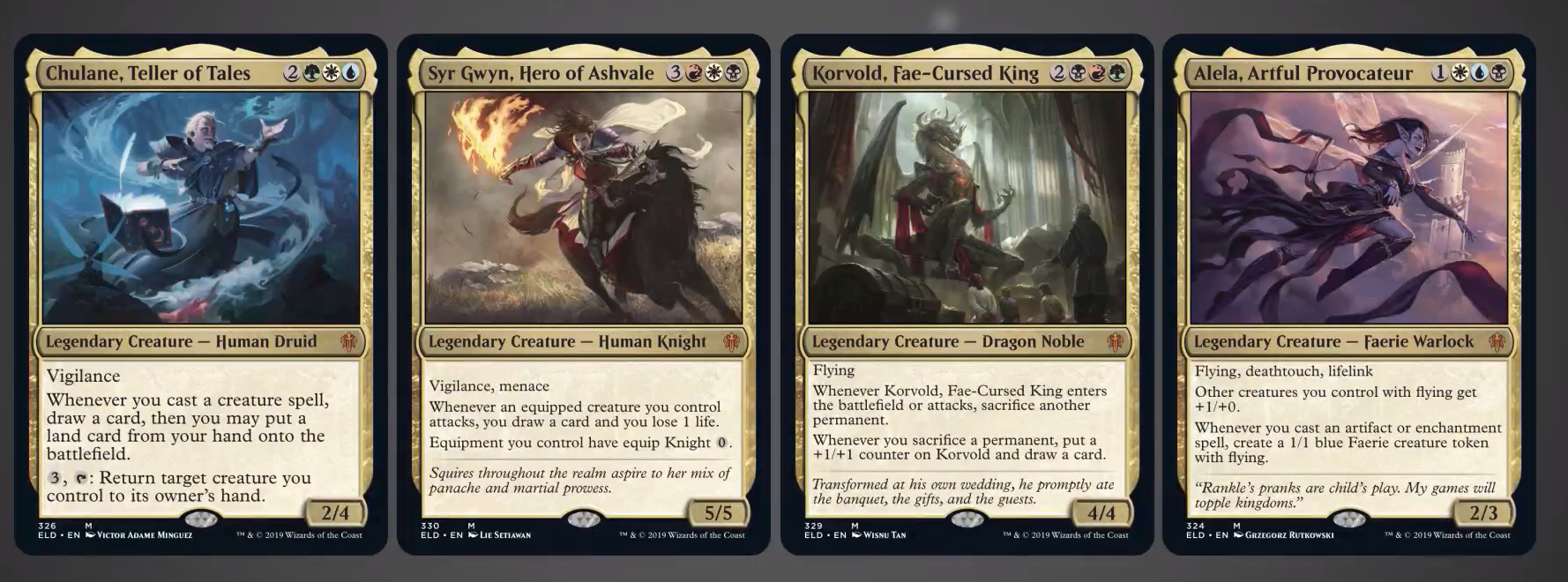

Even still, the hitbox display is bigger than what it truly is. Though sprite designs sometimes imply its location, later games clearly show where your hitbox is.

All There in the Manual: You will often need it to understand the scoring system, and to find any information about the plot, such as it is.Tropes commonly featuring in the genre include: By the same token, a Bullet Hell game doesn't have to be Nintendo Hard, though most of them are. A rule of thumb is: if you can count exactly how many bullets there are from just a quick glance of the screen, it most likely isn't one. It is not a catch-all term for the shoot-em-up genre, although most Bullet Hells are super-classed as shoot-em-ups, and just because a shmup is Nintendo Hard does NOT mean it is a Bullet Hell game. Please note that this trope is for games where there are a remarkably high number of bullets on the screen. Usually unrelated to Platform Hell - most of these games are consistent about following their own rules and don't depend on cruel surprises. The types of projectiles fired by enemies and bosses will almost always be colourful Energy Balls to make it easier to tell them from the background, and so you can distinguish them from your own bullets.Ĭan (and often does) overlap with Cute 'em Up. The scores attained have also been subject to inflation. Like the bullet patterns, the scoring systems have become more complex as time went on, going from a very simple Combos based scoring system in DonPachi to systems that take multiple pages just to describe the most basic elements like Hellsinker. Some common elements including "grazing" (where a bullet passes through your character sprite but not your vital hitbox), collecting items dropped by enemies, and not dying. The scoring systems often require as much dedication to master as the bullet patterns. In addition, the bullet patterns are not the only elaborate things in these games.
#Alela artful provocateur brawl deck series#
This is because the hardware used to create the bullets is slowing down, and can't process them all at the same time, and modern ones used to create even recent games like the DonPachi series have hardware comparable to that of home consoles. It should be noted that if you do happen to come across an actual arcade Bullet Hell game, you will know that bullet-intensive areas tend to make the bullets slower. In fact, Bullet Hell games tend to be just as surmountable as older, less bullet-intensive games. Though by no means easy, a bullet hell game can be cleared without memorizing patterns or continuing. Most modern bullet hell games give the player another way to avoid being killed, such as hypers in DoDonPachi, Touhou Project's deathbombs, or Giga Wing's Attack Reflector. Finally, the player is almost always given some variant of the Smart Bomb, which will remove bullets from the screen. In addition, the majority of enemy bullets are sprayed wildly and are not actually aimed at the player. The player's hitbox is often very small, sometimes only one pixel.


However, the genre is not always as Nintendo Hard as it seems. Not so painfully slow when they cover the screen, eh, tough guy? These games also tend to have True Final Bosses. They often feature extremely elaborate and beautiful patterns of bullet flows, especially for bosses, with hundreds and sometimes thousands of bullets on the screen at once, requiring constant weaving and pattern memorization in order to get the elusive S++ ranks. To put it simply, they're (usually vertically-scrolling) shooters where all the enemies have lotsa dakka. YouTube commenter on Touhou Project Ultra mode.īullet Hell (called danmaku, meaning "barrage", in Japanese, literally " bullet curtain" when translated to English) shooters are a subgenre of Shoot Em Ups that test both your dodging skills and your resistance to seizures.


 0 kommentar(er)
0 kommentar(er)
